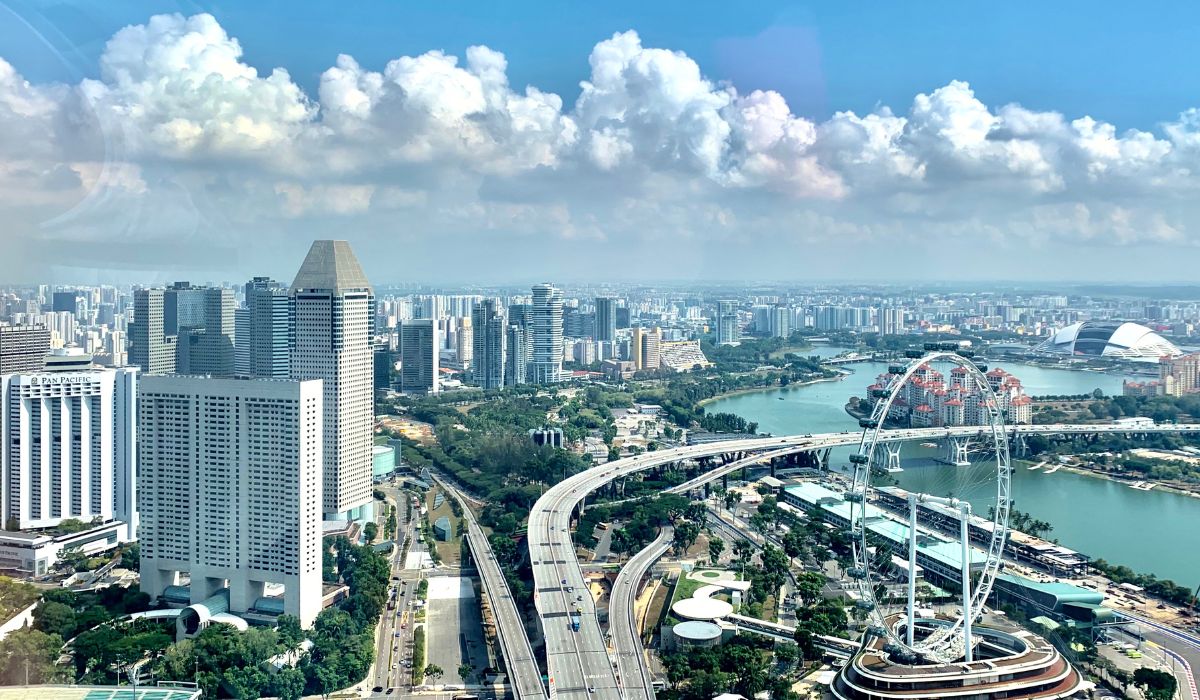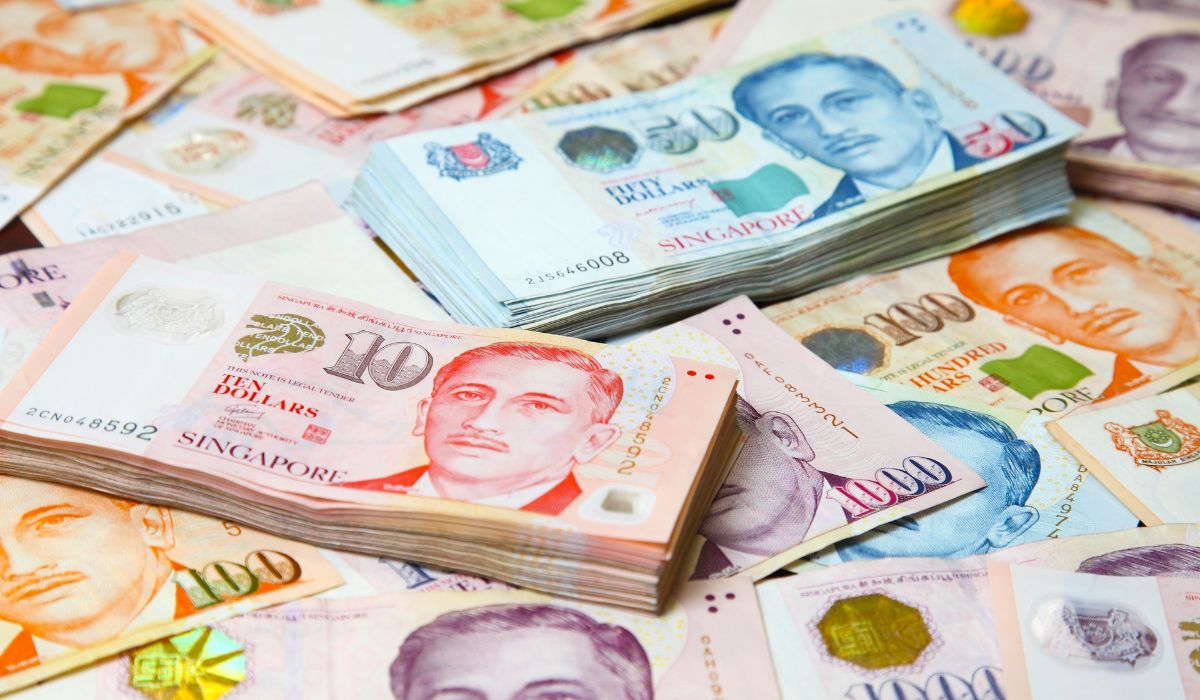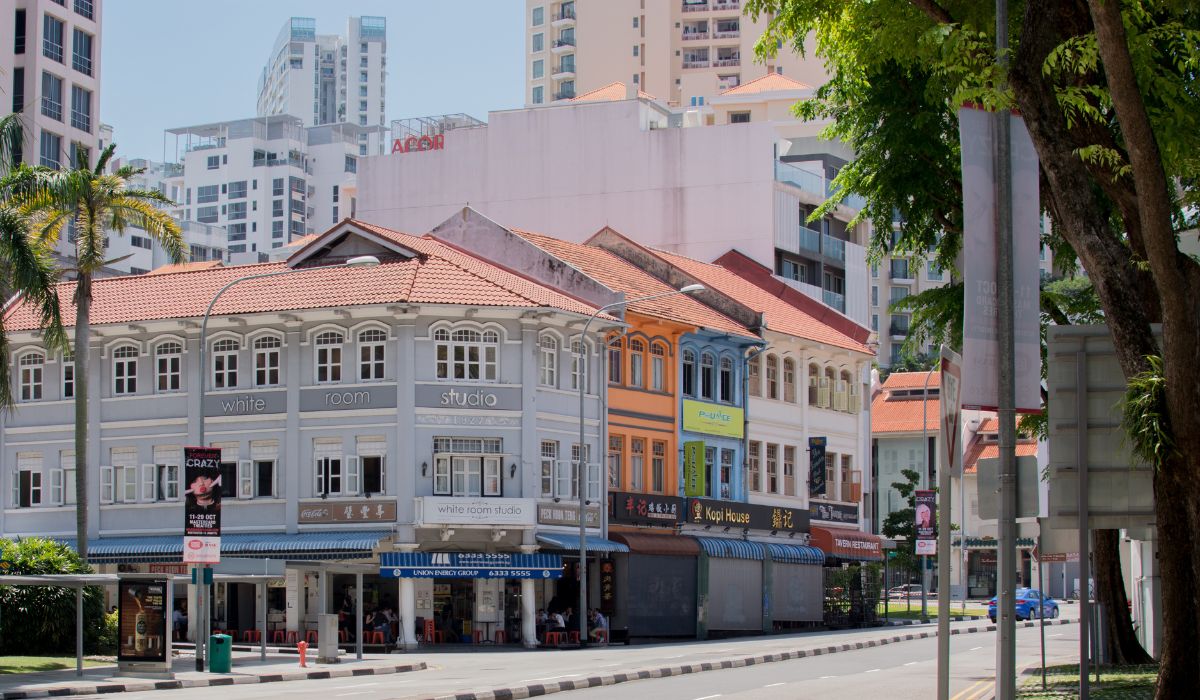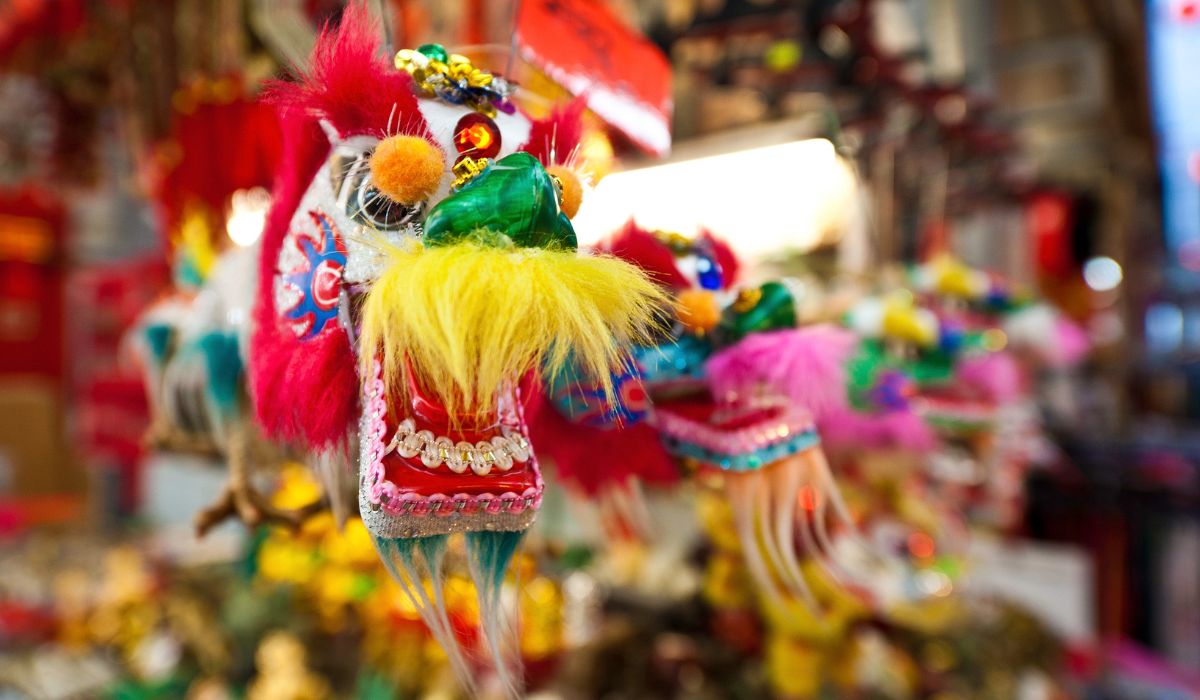Fewer fish now, says Malaysian fishermen
Singapore largely depends on Malaysia for its seafood. With Malaysian fishermen seeing a huge difference in their volume of catch, price hikes have become inevitable.
Rosidi Yapa, the captain of a boat owned by seafood wholesaler GM Seafood, has been a fisherman for two decades. While he still enjoys what he does, he admits in Talking Point that there’s a huge difference between his harvest before and today.
In the past, he could net more than 20 tonnes of fish in three days in the waters off the coast of Johor. To get that same catch now, he must fish for at least five to six days.
More effort from fishermen equals more cost. More days out in the water also means more diesel to be used by boats.
More from OMY: SG Gov’t enacts new measures to help Singaporeans deal with inflation
Rising diesel and labour costs
GM Seafood director Gary Ko shared in Talking Point that they now spend a whopping S$320,000 on diesel weekly to power his fleet of more than 40 boats – that’s 12% more than a year ago. He also needs to pay his fishermen daily wages, which equals more labour costs.
This is one of the reasons why fish prices have risen in Singapore and Malaysia. In Malaysia, fish prices have increased from 10% to 30%. In Singapore, it has increased by 20%.
For example, Tekka Market fishmonger Lee Yit Huat said that the Spanish Mackerel also known as Batang cost S$20 to S$25 per kilogram. In September, it was only S$15 to S$20.
Last year, Singapore consumed 133,400 tonnes of seafood. However, only 8% was produced locally. Currently, Malaysia is the country’s biggest seafood source, followed by Indonesia and Vietnam.
Erratic weather and rising water temperatures
Aside from rising diesel and labour costs, erratic weather has also prevented many fishermen from heading out to the sea.
“For example … during the southwest monsoon, we generally will have a pattern (of) drier weather. But this year, we aren’t seeing that pattern. The weather is slightly wet compared to the previous year,” said Meteorologist Toh Ying Ying.
The rising temperatures of surface waters are also slowing down the carbon exchange between surface and deep waters.
More from OMY: Singapore to play big role in net-zero push
“In locations with warmer waters, the upper layers are more saturated with CO2 and can’t absorb more, and the lower (deeper) layers have less oxygen,” shared Aileen Tan, the director of Universiti Sains Malaysia’s Centre for Marine and Coastal Studies.
Fish farming costs
For fish farmers who have more control of the fish’s breeding conditions, the costs have also risen, according to Raymond Tea, the founder of seafood wholesaler DTS Group.
Feed makes up 70% of the costs of fish farmers, with around 400 kg. of feed required for a daily pond in Negeri Sembilan. This cost S$830.
Because DTS uses probiotics from the US, the ringgit’s depreciation against the US dollar causes him to pay 20% more for the product.
Singaporeans urged to make more sustainable food choices
Unfortunately, all these issues are not expected to go away in the future, as much of the world’s fisheries are now overfished.
If consumers want to buy seafood, they must make a more responsible choice.
Environmental organisation World Wide Fund For Nature (WWF) recommends avoiding buying Stingray and Red grouper.
The WWF also listed species not considered over-exploited in its 2016 Singapore Seafood Guide. This includes red tilapia from Malaysia, Indonesia, and China with the Aquaculture Stewardship Council label, as well as Vannamei prawn produced in Vietnam with the same label.
More from OMY: MAS pushes to fight inflation through monetary policy tightening







